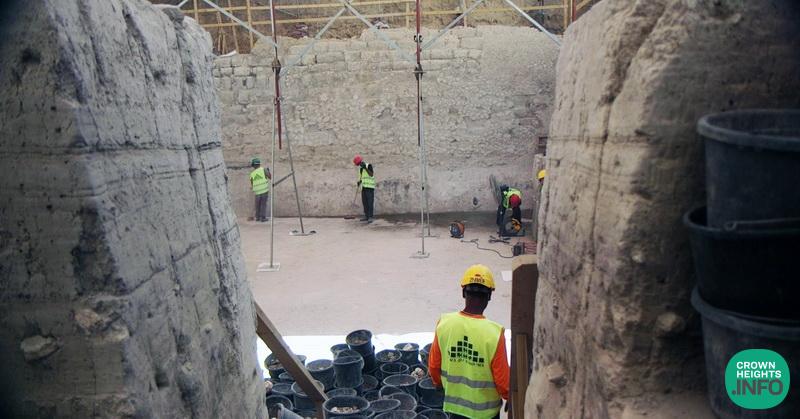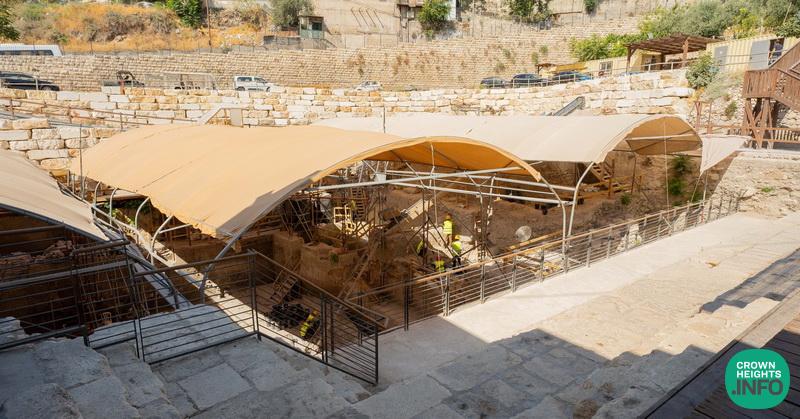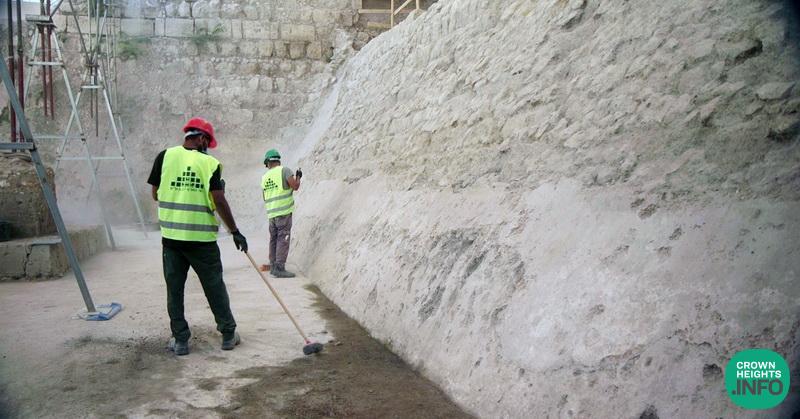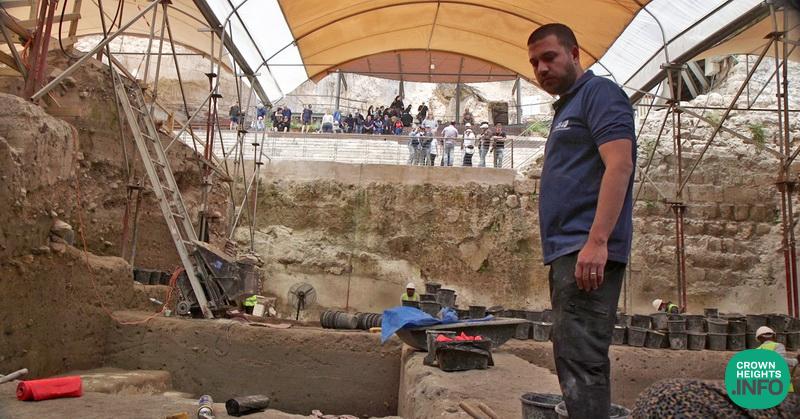
Was There A Climate Crisis 2,800 Years Ago? The Solution of the Kings of Judah Revealed
A climate crisis led the Kings of Judah to construct a monumental dam in Jerusalem about 2,800 years ago.
This is the conclusion of a new study by the Israel Antiquities Authority and the Weizmann Institute of Science, published in the prestigious journal PNAS.
The massive wall, uncovered in the Pool of Siloam excavations in the City of David National Park, was dated to 795-805 BCE during the reigns of Kings Joash or Amaziah of Judah. The dam appears to have been built in response to severe water shortages caused by climatic challenges.
The newly uncovered structure joins two other water systems from the same period: a tower that dammed the Gihon Spring, and a channel that carried its waters into the Pool of Siloam, where they were joined by floodwaters blocked by the dam.
These systems reflect comprehensive urban planning for managing Jerusalem’s water supply as early as the late 9th century BCE – clear evidence of the city’s strength and sophistication.
Excavation directors Dr. Nahshon Szanton, Itamar Berko, and Dr. Filip Vukosavović:
“This is the largest dam ever discovered in Israel and the earliest one ever found in Jerusalem. Its dimensions are remarkable: about 12 meters high, over 8 meters wide, and the uncovered length reaches 21 meters – continuing beyond the limits of the current excavation. The dam was designed to collect waters from the Gihon Spring as well as floodwaters flowing down the main valley of ancient Jerusalem (the historical Tyropoeon Valley) to the Kidron Stream, providing a dual solution for both water shortages and flash floods”.
Dr. Szanton added: “The collaboration between the Weizmann Institute researchers and the Israel Antiquities Authority offers new insight into the challenges faced by the inhabitants of ancient Jerusalem. This massive royal construction project influenced the city’s development, particularly its southern and western parts – including Mount Zion – which relied on the waters of the Siloam Pool”.
Dr. Johanna Regev and Prof. Elisabetta Boaretto of the Weizmann Institute explained: “Short-lived twigs and branches embedded in the dam’s construction mortar provided a clear date at the end of the 9th century BCE, with extraordinary resolution of only about 10 years – a rare achievement when dating ancient finds. All the data pointed to a period of low rainfall in the Land of Israel, interspersed with short and intense storms that could cause flooding. It follows that the establishment of such large-scale water systems was a direct response to climate change and arid conditions that included flash floods”.
Photos: Eliyahu Yanai and Lior Daskal, City of David; Reut Vilf, City of David Spokesperson’s Office; Emil Aladjem, Israel Antiquities Authority



















SZ
Not a climate issue at all.
It was ingeniously invented and built most probably to accommodate the TENS OF MILLIONS (!) of Jews especially during the pilgrimage periods – water was needed for drinking for humans and for the cattle that was bought as sacrifices, and for body washing and immersing in the Mikvah for the festivals and to partake in the eating of the sacrifices and similar.
G.Singh
They needed water, so they built a dam. No climate change